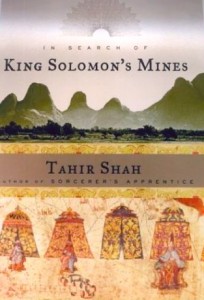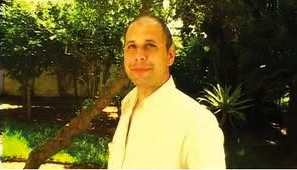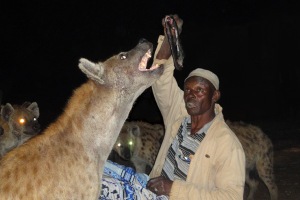“A journey is of no merit unless it has tested you.”
“As so on as there’s a bomb, an earthquake…or a riot, I call the travel agent,” Tahir Shah says, explaining his thirst for adventure. In this account he searches for King Solomon’s legendary gold mines, armed with books and research he acquired in preparation for his trip and a “treasure map” he purchased in Jerusalem. King Solomon had built a lavishly appointed temple there three thousand years ago, using gold which the Queen of Sheba had brought from Ophir. No one knows from what direction she came or where the legendary Ophir actually was, however, with different researchers claiming that it was in Zimbabwe, South Africa, or even Haiti or Peru.
on as there’s a bomb, an earthquake…or a riot, I call the travel agent,” Tahir Shah says, explaining his thirst for adventure. In this account he searches for King Solomon’s legendary gold mines, armed with books and research he acquired in preparation for his trip and a “treasure map” he purchased in Jerusalem. King Solomon had built a lavishly appointed temple there three thousand years ago, using gold which the Queen of Sheba had brought from Ophir. No one knows from what direction she came or where the legendary Ophir actually was, however, with different researchers claiming that it was in Zimbabwe, South Africa, or even Haiti or Peru.
A sacred Ethiopian text claims that the son of the Queen of Sheba and King Solomon is the ancestor of the Ethiopian emperors, and since Ethiopia’s gold is also one of its richest resources, Shah accepts the idea that the legendary Ophir was probably in Ethiopia. Hiring a guide and translator, he checks out many mines, both legal and illegal, where gold is so close to the surface that men, women, and children dig for it with their hands. Always, Shah seeks some connection to Ophir.
 The author keeps the reader constantly intrigued with the fascinating characters he meets during his many side trips. When he hears that hyenas guarded Solomon’s gold, Shah travels to Harar, Ethiopia, seeking out Yusuf, the hyenaman, who handfeeds wild hyenas each night so they will not steal the town’s children. He meets Noah, a powerful miner at a dangerous, illegal mine; Rachel, an elderly woman, who is the last survivor of Beta Israel, the group of Ethiopian Jews who were airlifted to Israel; a “miracle man,” who performs four miracles; and Kefla Mohammed, leader of a salt caravan, who weeps when he must euthanize one of his camels. And Sha
The author keeps the reader constantly intrigued with the fascinating characters he meets during his many side trips. When he hears that hyenas guarded Solomon’s gold, Shah travels to Harar, Ethiopia, seeking out Yusuf, the hyenaman, who handfeeds wild hyenas each night so they will not steal the town’s children. He meets Noah, a powerful miner at a dangerous, illegal mine; Rachel, an elderly woman, who is the last survivor of Beta Israel, the group of Ethiopian Jews who were airlifted to Israel; a “miracle man,” who performs four miracles; and Kefla Mohammed, leader of a salt caravan, who weeps when he must euthanize one of his camels. And Sha h also includes wonderfully revealing photographs of these people and the artifacts he finds.
h also includes wonderfully revealing photographs of these people and the artifacts he finds.
Occasionally, Shah, a member of Afghan royalty who grew up in London, sometimes betrays an unfortunate sense of entitlement in his attitudes toward the people around him. He does not give his devoted interpreter a “sick day,” even when he is clearly very ill, and he does not always share his supplies and equipment, once hiding from his employees to eat his canned food. He also fails to offer assistance at the site of a terrible road accident–something which he says never occu rred to him. His unflagging sense of adventure is admirable, however, and he brings fascinating and unique Ethiopian cultures and people to the attention of readers who would not otherwise be exposed to them. In providing rare glimpses of a world which few tourists have seen, he provides a service for which we can all be grateful.
rred to him. His unflagging sense of adventure is admirable, however, and he brings fascinating and unique Ethiopian cultures and people to the attention of readers who would not otherwise be exposed to them. In providing rare glimpses of a world which few tourists have seen, he provides a service for which we can all be grateful.
Notes: The author’s photo and a discussion about the haunted house he buys in Casablanca may be seen here: http://www.caravanfilm.co.uk
Yusuf, the hyenaman of Harar, is seen here in a story about these hyenas: http://hararhyenas.wordpress.com
The picture of gold nuggests accompanies a story in which an announcement is made of the discovery of a mine containing more than forty tons of gold worth $1.7 billion dollars. http://newsone.com
